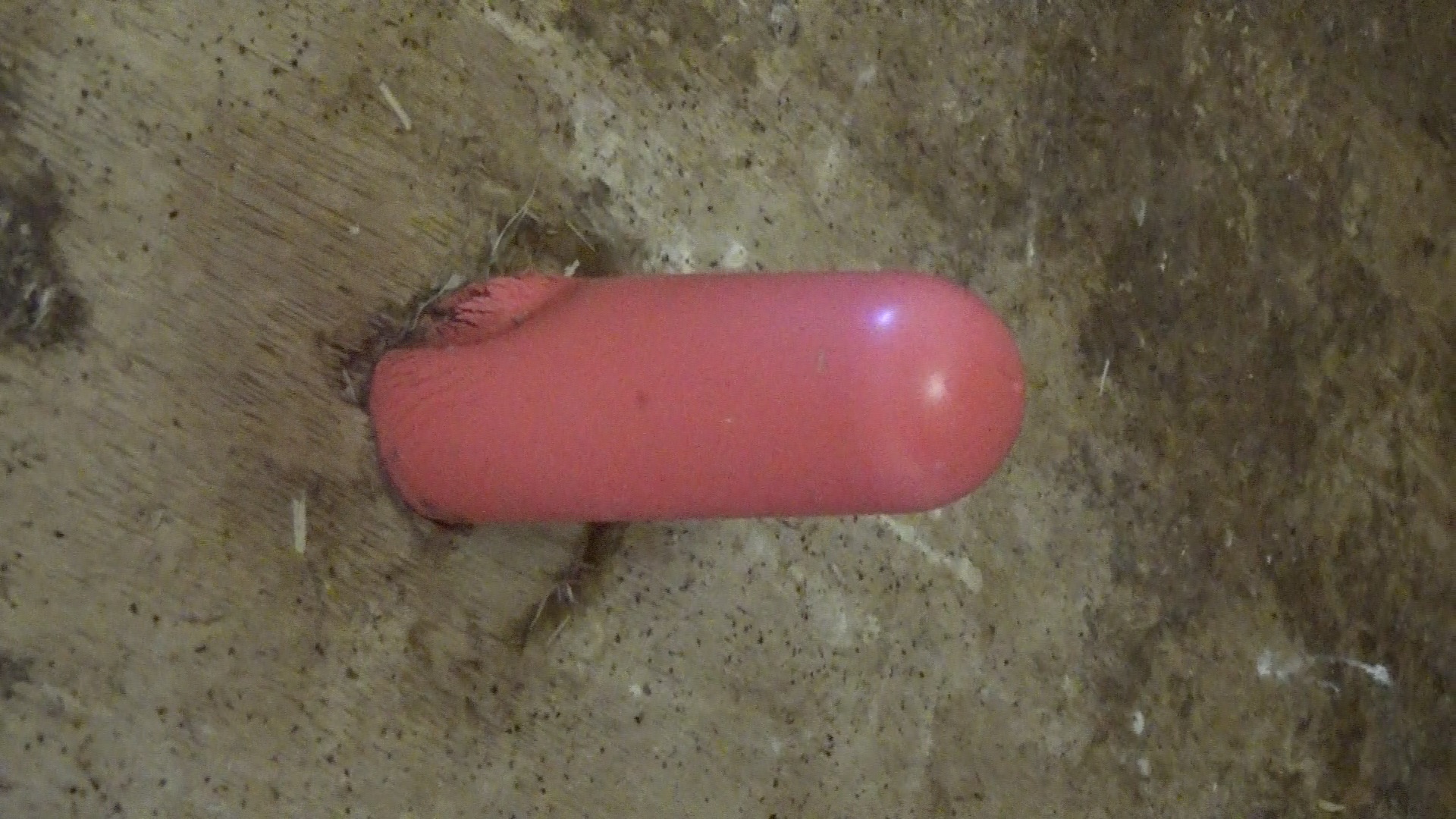Haunted Milk, 2019, video work (ongoing)
![]()
![]()
Stills from video
A description of 18th Century feminist author Mary Wollstonecraft nursing a puppy at each breast, a then accustomed remedy for birth related infections, triggered the beginning of this work. A few days after giving birth, Wollstonecraft died of childbed fever, leaving her baby Mary Shelley motherless. Mary Shelley is breastfed by an English wet nurse, since the family could afford it. Before infant formula (based on cow milk) and bottles were introduced to the market, and before better hygiene was implemented in the late 19th century, wet nurses played a crucial role in the survival of motherless infants.
At the age of 18, Shelley began to write the novel Frankenstein about a nameless monster born without a childhood or mother figure.
In the ongoing work ‘Haunted Milk’ the hands of Frankenstein’s monster shuffle quietly through image material on motherhood, milk and breast feeding. He, as a character, may never have existed if Shelley hadn't been fed with another mother's milk.
(See note and list of material sources below)
video coming up

